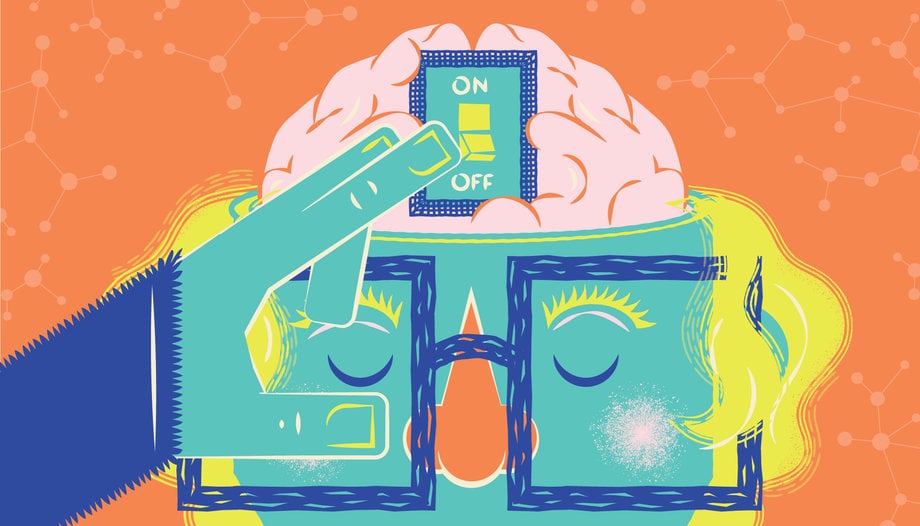Exploring Body-Mind Awareness Meditation: Techniques for Mindful Connection

Are you looking to deepen your mind-body connection and cultivate mindfulness? Look no further!
In this article, we will explore the practice of body-mind awareness meditation and provide you with techniques to enhance your mindful connection.
By delving into the power of your breath and incorporating body scanning, you can tap into a greater sense of awareness and well-being.
Get ready to embark on a transformative journey of self-discovery and inner peace.
Key Takeaways
- Body-mind awareness meditation promotes relaxation and reduces stress.
- Engaging in physical activities like yoga, tai chi, or walking can cultivate mindful awareness.
- Conscious breathing brings attention to the present moment and induces relaxation and calm.
- Body scanning deepens mindfulness practice and helps uncover and release emotional tension held in the body.
The Benefits of Body-Mind Awareness Meditation
Body-mind awareness meditation offers numerous benefits for both your body and mind. By practicing this form of meditation, you can promote relaxation and reduce stress in your daily life.
When you engage in body-mind awareness meditation, you become more aware of the sensations in your body, allowing you to release tension and find a sense of calm. As you focus on your breath and bring your attention to the present moment, your mind becomes less cluttered with worries and anxieties. This practice helps you let go of stress and unwind from the demands of daily life.
Understanding the Mind-Body Connection
You can better understand how your thoughts and physical sensations are interconnected. Scientific research has shown that our thoughts and emotions can have a profound impact on our physical health. Holistic approaches to mind-body healing focus on this connection and aim to promote overall well-being. Here are three key points to consider:
- The power of positive thinking: Studies have shown that cultivating a positive mindset can lead to better physical health. Positive thoughts and emotions can boost the immune system, reduce stress levels, and improve overall resilience.
- Mindfulness practices: Mindfulness meditation and other mindfulness-based techniques can help you become more aware of the present moment. This heightened awareness can help you notice the subtle connections between your thoughts, emotions, and physical sensations.
- Integrative therapies: Holistic approaches often involve a combination of different therapies, such as yoga, acupuncture, and massage. These practices work to balance the mind and body, promoting healing and overall well-being.
Techniques to Cultivate Mindful Awareness
To enhance your overall well-being, it’s important to practice being fully present in the moment and noticing the subtle connections between your thoughts, emotions, and physical sensations. One technique to cultivate this mindful awareness is through mindful movement.
Mindful movement involves engaging in physical activities with full attention and awareness of your body’s sensations and movements. Whether it’s yoga, tai chi, or simply going for a walk, the key is to bring your attention to the sensations of your muscles, joints, and breath as you move.
By practicing mindful movement, you can develop a deeper connection between your mind and body, allowing you to better understand and respond to your body’s needs.
Another technique to cultivate mindful awareness is through sensory awareness. This involves paying close attention to your senses, such as the taste, smell, touch, sight, and sound of the present moment. By fully immersing yourself in the sensory experience, you can cultivate a sense of presence and appreciation for the present moment.
Exploring the Role of Breath in Body-Mind Meditation
Take a deep breath and notice how your breath flows in and out of your body, bringing a sense of calm and grounding. Breath control is a fundamental aspect of body-mind meditation, allowing you to tap into a deep relaxation state.
Here are three key points to consider when exploring the role of breath in meditation:
- Conscious Breathing: By consciously focusing on your breath, you can bring your attention to the present moment, quieting the mind and reducing stress. Pay attention to the sensation of the breath entering and leaving your body.
- Regulating the Breath: Practice controlling the length and depth of your breath. Slow, deep breaths can activate the relaxation response, slowing down the heart rate and inducing a sense of calm.
- Using the Breath as an Anchor: Use the breath as an anchor to bring your attention back whenever your mind wanders during meditation. By focusing on the breath, you can cultivate a deep connection between the body and mind, enhancing your overall well-being.
Enhancing Mindful Connection Through Body Scanning
By focusing on the sensations in your body, you can deepen your mindfulness practice and foster a stronger connection between your mind and body.
One technique that can help you in this process is body scanning. Body scanning involves bringing your attention to different parts of your body and observing the sensations you feel.
As you go through this practice, you may notice areas of tension or discomfort, as well as areas of relaxation and ease. By paying attention to these sensations, you can deepen your relaxation and become more aware of how your body holds onto emotions.
The body is a storehouse of emotions, and by scanning through it, you can start to uncover and release any emotional tension that may be present. This process helps to enhance your mindful connection and supports overall well-being.
Frequently Asked Questions
What Is the History of Body-Mind Awareness Meditation and How Did It Originate?
Body-mind awareness meditation’s history and origin are rooted in ancient practices of connecting the body and mind. It evolved over time as people recognized the profound effects of this practice on mental and physical well-being.
Are There Any Potential Risks or Side Effects Associated With Practicing Body-Mind Awareness Meditation?
Practicing body-mind awareness meditation can have potential risks and side effects. It’s important to be aware of the risks and side effects associated with this practice to ensure your well-being.
Can Body-Mind Awareness Meditation Help With Specific Medical Conditions or Mental Health Issues?
Body-mind awareness meditation can be beneficial for managing chronic pain and improving symptoms of anxiety and depression. It offers potential relief and promotes a mindful connection between your body and mind.
Are There Any Specific Dietary or Lifestyle Recommendations to Enhance the Benefits of Body-Mind Awareness Meditation?
To enhance the benefits of body-mind awareness meditation, you can consider dietary recommendations like consuming a balanced diet with fruits, vegetables, and whole grains. Additionally, incorporating lifestyle recommendations such as regular exercise and stress management techniques can be helpful.
Can Body-Mind Awareness Meditation Be Practiced by Anyone, Regardless of Age or Physical Abilities?
Yes, body-mind awareness meditation can be practiced by anyone, regardless of age or physical abilities. It offers benefits for children, as it improves focus and reduces stress. It also enhances physical abilities by promoting body awareness and relaxation.








